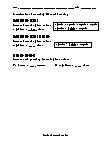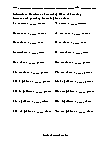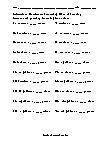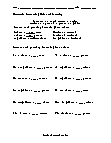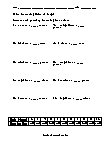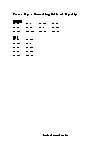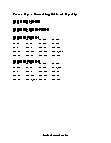Units of Capacity Worksheets
How to Convert Units of Capacity - Length, breadth, height, radius, can be used to determine area, perimeter, circumference, and volume or capacity. While we all have a clear understanding of what area and perimeter are, some of us get confused when it comes to volume or capacity. The volume or capacity is the amount of fluid that a container can hold. It is a common term used for measurement when we are dealing with liquids. When talking about capacity, one important issue to talk about is unit conversion. There is a simple rule in conversions. If you have to convert a bigger unit into a smaller unit, you simply have to divide, and when you are converting a smaller unit into a bigger one, you have to multiply. Units of metric capacity include Kiloliter, hectoliter, dekaliter, liter, deciliter, centiliter, and milliliter. The most commonly used units include liter, centiliter, and milliliter. One thing you need to know here is that when converting units of capacity, you either have to multiply by 10 or divide by 10. 1 Kiloliter=10 Hectoliter, 1 Hectoliter=10 Dekaliter, 1 Dekaliter=10 Liter, 1 Liter=10 deciliter, 1 deciliter=10 centiliter, 1 centiliter=10 milliliter. If you want to convert 1 liter into milliliter, you need to multiply it by 10 three times. Similarly, if you're going to convert milliliter into liter, you need to divide it by 10, three times.
-
Independent Practice 1
Students practice with 20 capacity conversion measurement problems. The answers can be found below.
View worksheet -
Independent Practice 2
Another 20 capacity conversion measurement problems. The answers can be found below.
View worksheet -
Homework Worksheet
Reviews all skills in the unit. A great take home sheet. Also provides a practice problem.
View worksheet
Tailor's Rule of Thumb ...
The Tailor's Rule of Thumb can be helpful to know. Can't find a dressing room? Take the pair of pants you'd like to buy and wrap the waistband around your neck. If the two ends of the waistband barely meet, the pants should fit.

